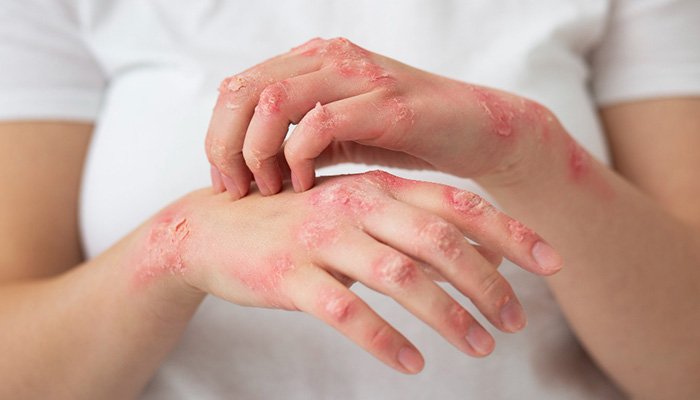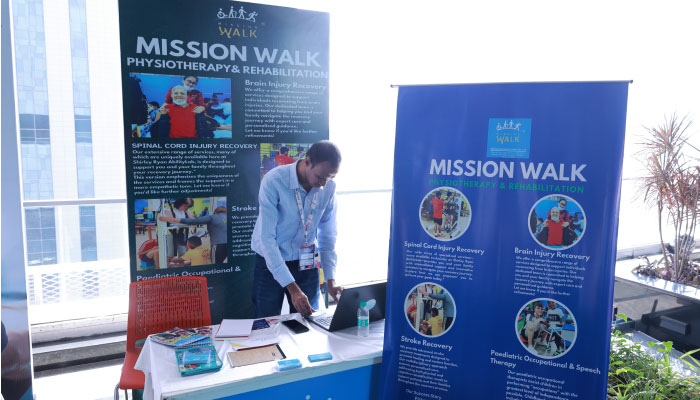Diabetes is a chronic condition; its complications can prove fatal, if not taken care of. Every year diabetes kills close to 4 million people around the world. Someone dies due to diabetes or related causes every 10 seconds. According to 2005 estimates, in the United States of America, 20.6 million people of the age of 20 or above have diabetes. The emergencies related to diabetes occur often and likely to be dangerous to the lives of the patients. Diabetes emergencies most probably arise from very low blood sugar levels caused by too much insulin or from very high blood sugar levels caused by too little insulin. If the typical symptoms accompanying these emergencies are not treated may result in loss of consciousness, coma and finally in death.
Recognizing diabetic emergencies
Hyperglycemia: High blood sugar level occurs when blood sugar is greater than 200mg/dl. This can be caused by insufficient insulin, eating too much of food, sickness, stress or inactivity. This condition develops over a longer period of time. The symptoms include; frequent urination, high level of sugar in urine, increased thirst and hunger, blurred vision, lethargy, stomachache, nausea and confusion.
Hypoglycemia: Low blood sugar level occurs when blood sugar is less than 70mg/dl. This can happen suddenly and occurs when there is too much insulin and low glucose in the blood. The person may exhibit the following symptoms: dizziness, shakiness, pale skin, hunger, nervousness, nausea, irrational behavior, confusion, behavioral changes, crying, sweating, headache, blurred vision, sluggishness, poor coordination, seizures and tingling sensation around the mouth.
Ketoacidosis: When body burns fats instead of glucose, ketones are produced. High levels of ketones in the blood can be fatal leading to coma or death. Ketoacidosis develops over a period of time but life threatening situation may develop within hours subsequent to vomiting. Symptoms initially start with high blood sugar levels, high amounts of ketones in urine, dry mouth, thirst and increased frequency of urination followed by nausea, vomiting or abdominal pain, fruit odor breath, short breaths, difficulty in concentration, confusion and constant feeling of tiredness.
Managing diabetic emergencies
Managing diabetes emergency starts before it actually happens. Plan as to how proper diabetes care can be ensured. You need to store sufficient supplies for any emergency. Required supplies such as oral medications, insulin, insulin syringes, blood glucose meter, urine ketone testing apparatus, food items, water, copy of your prescription, copy of your healthcare insurance cards, lancets, batteries, quick acting glucose sources and glucagon emergency kit to be kept in easily identifiable containers and stored at easily accessible place.
Along with supplies ensure to have the list of all the contacts required during emergency such as the coordinates of the doctor, hospital/clinic, emergency hotline, school, day care center, close relatives including parents, spouse, children and emergency medical personnel. You should also wear a proper medical identification bracelet or necklet that will enable relevant people around you including medical personnel to identify your medical needs and administer emergency treatment.
Ensure to have all the information from your doctor or health care provider such as frequency of checking your blood glucose levels, whether to check for ketones, dosage change if any required in your medications, food you need to take and avoid, adjusting your insulin doses and the situations as to when you should call them right away.
If your blood glucose is high most of the times, you feel thirsty, tired and urinate frequently, then call your doctor. You may need to change your medications or meal plan. If you have ketones in the urine, stop exercising.
When your blood glucose level is below 70 mg/dl and feel weak, confused, become irritated easily, hungry, tired, having headache or feeling shaky or sweating, then have one of the following immediately.
- Sugar tablets-3 or 4
- Carbohydrates-15 grams or 1 serving of sugar gel
- Any fruit juice-1/2 cup
- Any regular soft drink, not diet drink-1/2 cup
- Milk-1 cup
- Hard candy-5 or 6 pieces
- Sugar or honey-1 tablespoon
Living with diabetes
Living with diabetes together with its complications including emergencies needs proper planning and management. It is essential to monitor your health, keep up with your doctor appointments, and control your blood sugar. To effectively manage an emergency, being well-informed is most important. Taking professional counseling or joining a diabetes support group may also help.



